You only have one set of lungs – the reason you need to learn how to take good care of them!
If you’re not sure how to choose the right type of dust mask or respirator based on your unique needs, we’re here to help!
How to Choose Between Respirators and Dust Masks
Based on applications
Surgical masks
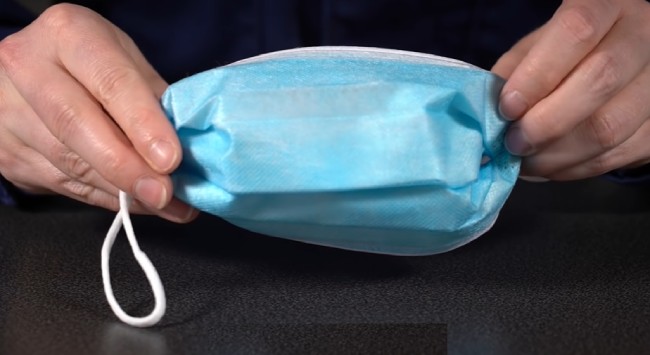
Surgical masks are made with non-woven fabric but they don’t provide a seal around your mouth and nose. This means you may still inhale smaller droplets.
The good thing is that these masks prevent infected people from spreading droplets and protect your mouth or nose from large droplets when others around you cough or sneeze.
N95 respirators
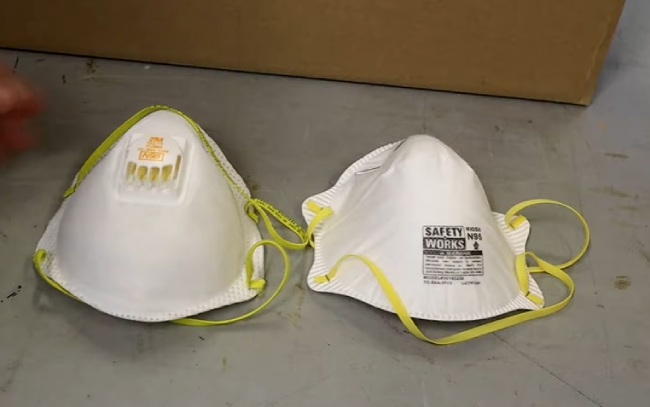
The material used for these respirators helps remove at least 95% of small droplets. They are made to fit with a tight seal around your nose and mouth so that viral particles and air can’t get around.
There are N95 respirators that aren’t intended for medical purposes and include valves that vent the exhaled breath with no filtration.
These vented respirators don’t protect the nearby individuals when you have COVID-19 so they aren’t recommended for use during the pandemic.
You need to glue the vent shut to help protect those around you if only the vented respirators are available.
Homemade masks
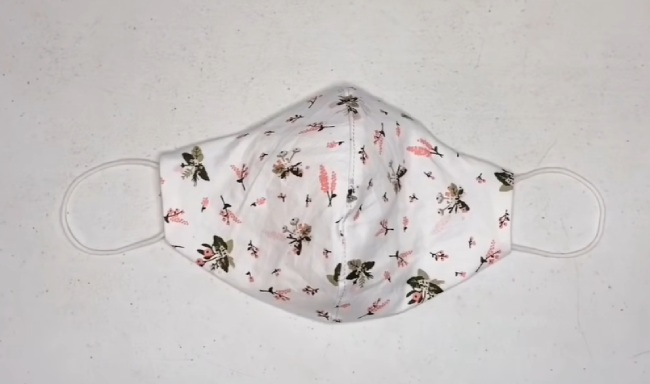
DIY cloth masks only remove some large droplets but their protection level against aerosols is little. They can’t provide a seal around the mouth or nose and their effectiveness is unlikely to improve by face shields.
Homemade masks are a good option to reduce droplet spreading when there’s no surgical mask available.
Particulate respirators
Respirators protect you in dust-producing activities like spray painting, grinding, sanding, or sweeping.
Bleach-based household cleaning products may irritate sinuses and nasal passages, so wear respirators when you work with them.
Inexpensive respirators help you avoid breathing airborne allergens that lead to scratchy throats, sneezing, or itchy eyes. They are essential for lung protection when you work around fumes, dust, mists, or sprays.
Powered Air-Purifying Respirators (PAPR)
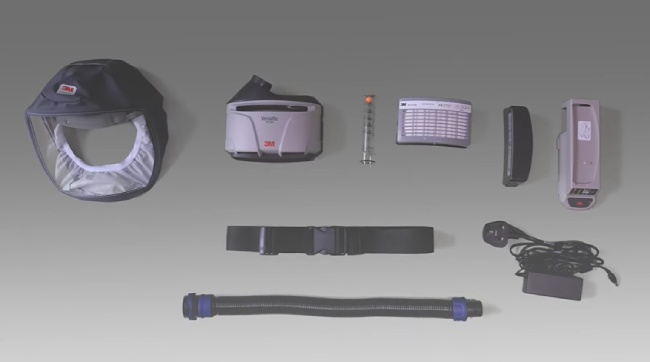
PAPRs offer a great level of protection if you’re in a healthcare setting where you are exposed to higher risks of aerosolized pathogens. They may have loose-fitting facepieces, helmets, or hoods, or tight-fitting full or half facepieces.
Some PAPRs offer cartridges for vapor and particulate protection while the loose-fitting headgears will suit you if you’ve limited facial hair.
Self-contained breathing apparatus (SCBA)
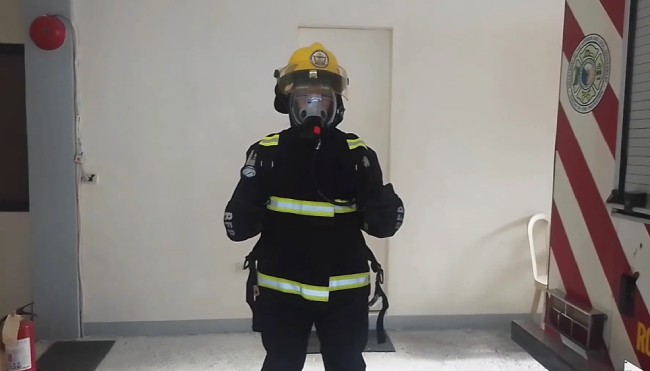
You can use SCBAs to protect yourself against dust, oxygen deficiency, vapors and gasses in tunnels, at plants, and aboard vessels.
With oxygen and air breathing apparatus, SCBAs are useful for applications like firefighting and rescue operations, chemical plants, ironworks, hotels, and nuclear facilities. You can use them when there are unknown contaminants or oxygen deficiencies.
Based on the respirator size
Step 1: Measure the distance from the chin to the bridge of your nose. Clench the jaw to get the most accurate result
Step 2: Print out the mask sizing chart of the brand that you want to purchase from
Step 3: Map your measurements onto the chart
Step 4: Use the chart to find out what mask size is recommended to you
Based on the respirator type
Positive pressure
- Loose-fitting respirators
Loose-fitting positive pressure respirators remove the need for a fit test that saves you money. The positive pressure allows you to breathe as usual, so your lungs don’t have to labor to manually filter the air when they breathe.
The loose-fitting design also enables you to have facial hair with no compromise in safety or breach in compliance requirements.
- Tight-fitting respirators
A fit-testing is a must before you use tight-fitting respirators and you need to perform seal checks every time you wear tight-fitting negative pressure respirators.
Negative pressure
- Full face respirators
Use full-face respirators when you need to cover both eyes and much of the face. They can occasionally replace the need for safety glasses.
- Half-face respirators
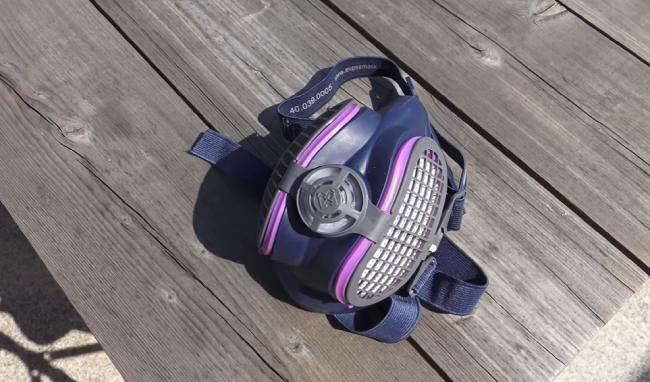
These masks cover the lower half of the face including your nose and mouth.
- Reusable respirators
Use them with vapor and gas cartridges, combination cartridges, or particulate filters.
You may need to replace the filters and cartridges on a regular basis or when needed.
- Disposable respirators
Filtering facepieces are great to protect yourself against some particulate hazards. They provide much protection against fumes and solids but can’t effectively protect against vapors or gasses.
Since they are disposable, you don’t have to use them for long and they are lightweight as well.
Ratings
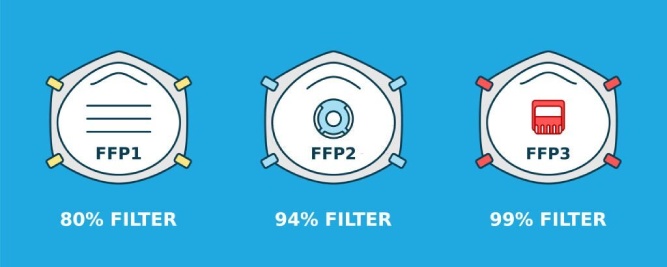
FFP1 masks
FFP1 masks can provide optimum protection against non-toxic oil and water-based particles. The maximum total leakage of FFP1 masks is 22% and they filter out at least 80% of contaminants if you inhale them somehow.
Keep in mind that they aren’t protective against radioactive and carcinogenic substances, or airborne biological agents that are in the risk groups 2+3, and enzymes.
Common applications for these masks include environments where the low dust level isn’t harmful to health.
Facts:
- 4 X Occupational exposure limit
- 4 X Assigned protection factor
FFP2 masks
These masks work great against harmful oil-and water-based particles and their common applications include metal, softwood, oil mist, and plastic (not PVC) handling.
At least 94% of contaminants are filtered out when you inhale with an FFP2 mask on. The maximum total leakage of these masks is 8%. But they can’t protect against radioactive particles, carcinogenic substances, enzymes, and airborne biological agents that are in the risk group 3.
Facts:
- 12 X Occupational exposure limit
- 10 X Assigned protection factor
FFP3 masks
They can effectively fight off brake dust, heavy metals, pathogens like bacteria, viruses, and fungal spores, radioactive substances, and particles spread when dealing with hardwood and SS welding.
The maximum total leakage of these masks is 2% and they filter out at least 99% of contaminants when you inhale.
FFP3 masks protect against carcinogenic and harmful oil-and water-based particles. They also keep you safe from radioactive particles, airborne biological agents that are in the risk group 2+3, and enzymes.
Facts:
- 50 X Occupational exposure limit
- 20 X Assigned protection factor
Cartridges
|
National Institute for Occupational Safety & Health (NIOSH) approved color-coded respirator cartridges and canisters |
|
| Assigned color | When to use |
| White | Acid Gasses |
| Black | Organic Vapors |
| Olive/brown | Ammonia, organic vapors, acid gasses |
| bright green | Ammonia |
| Olive/brown + magenta | Ammonia acid gasses, organic vapors, HE filter, P100 filters |
| Black + magenta | Organic vapors and P100 filters, HE filter |
| Magenta | HE filter, P100 filters |
| Yellow + magenta | Acid gasses, organic vapors, P100 filters, HE filter |
| Yellow | Acid gasses and organic vapors |


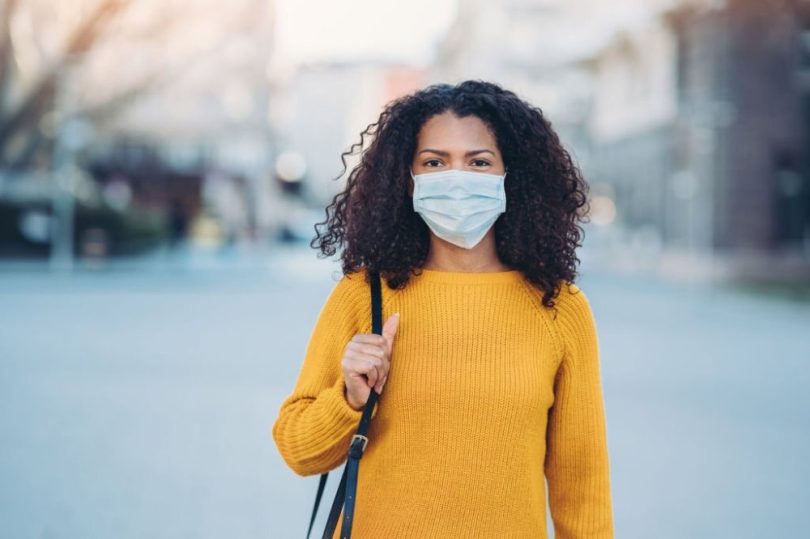

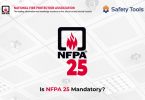
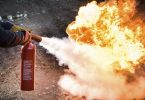
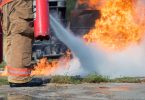

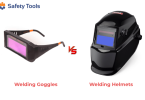

Leave a Comment